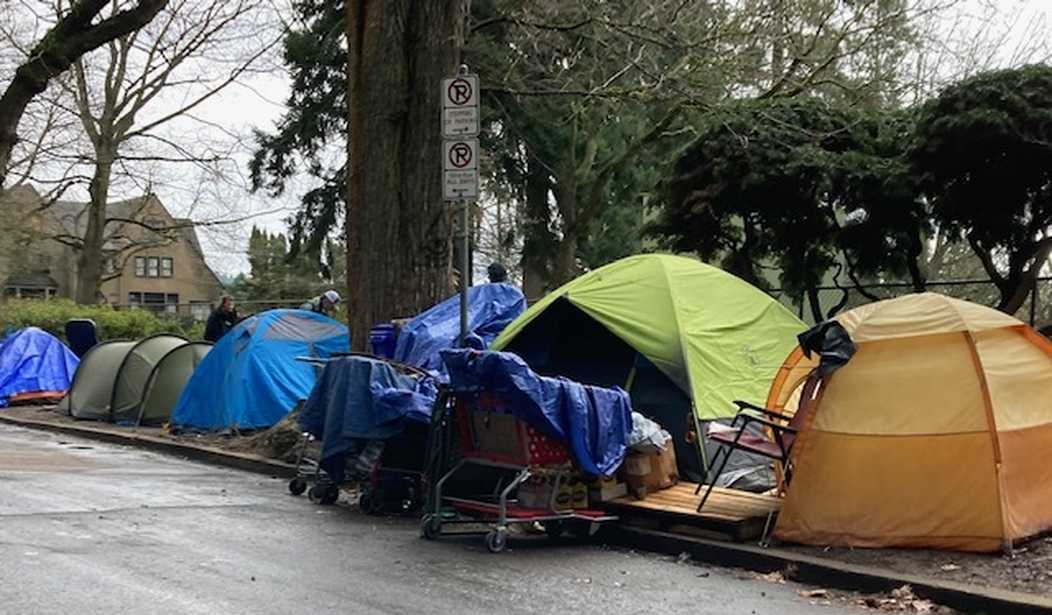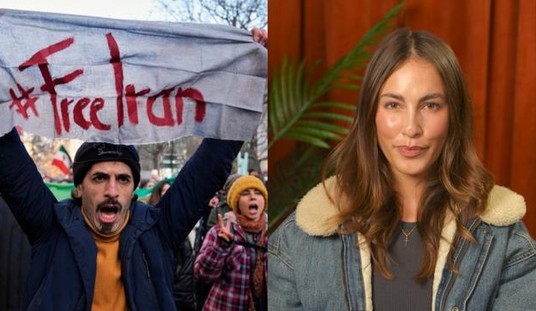California has nearly one-third of the entire homeless population in America. About 180,000 people live on the streets or in some of the state's 1,300 homeless shelters. It's not just a scandal. It's a tragedy. And the major cause of homelessness is the cost of housing in the state.
California ranks second from the bottom among U.S. states in the number of housing units per capita. In the 2022 book "Homelessness is a Housing Problem," the authors found that high rates of homelessness are caused by shortages of affordable housing, not by mental illness, drug addiction, or poverty.
But in California, no one wants to build affordable housing because of the dizzying array of rules and regulations that make "affordable housing" unaffordable. It probably comes as a shock to the liberals in California, but contractors actually want to make a little money on the projects they undertake. In California, you can't make money on affordable housing unless the state is paying for it.
California's homelessness problem is homegrown. The Supreme Court just did the state a huge favor by ruling in the case of Grants Pass v. Johnson that local governments could use "anti-camping" ordinances to clean up the unsightly, unhealthy, and dangerous homeless encampments around the state. Gov. Gavin Newsom (D-Calif.) wasted little time in issuing an executive order to clean up the encampments.
“This executive order directs state agencies to move urgently to address dangerous encampments while supporting and assisting the individuals living in them — and provides guidance for cities and counties to do the same,” Newsom said in a statement. “There are simply no more excuses. It’s time for everyone to do their part.”
The executive order calls local officials “to adopt humane and dignified policies to urgently address encampments on state property.”
The lawfare that homeless advocates practice has reached an impasse. But that doesn't mean that they're going to stop trying to allow homeless people to live on any street or park they want.
“Newsom could have issued this order before the (Supreme Court) decision. The only difference now is that states and localities are free to confine and arrest people even when there is no shelter available,” said Chris Herring, an assistant professor of sociology at the University of California Los Angeles.
“So before the Supreme Court ruling cities were in the position where they would have to provide shelter offers before removing encampments," he added. "Now … they will be able to carry out these encampment sweeps with the very real threat of issuing people incredibly expensive fines of which people cannot pay and often results in a warrant or an arrest or can result in incarceration.”
What Herring never mentioned is that many (most?) homeless people refuse to live in city-run shelters. The reasons vary from the shelters being even more dangerous than the streets to a preference to live outdoors. You can't force people to live in shelters. Perhaps the executive order will change some homeless people's minds.
The executive order by Newsom may be politically fraught.
His executive order could divide Democratic local leaders in California, some of whom have already begun to clear encampments while others have denounced the decision from conservative justices as opening the door to inhumane measures to solve a complex crisis.
The order also comes as Democrats are uniting around Vice President Kamala Harris, a former senator and prosecutor from California, to replace President Biden on the ballot this fall. Republicans have frequently pointed to homelessness in California as an example of the state’s purported decline under Mr. Newsom and other Democrats, and they are expected to do the same with Ms. Harris in the coming weeks.
San Francisco Mayor London Breed has been trying to clean up the city's streets for more than a year,
“Our city encampment teams and street outreach staff have been going out every day to bring people indoors, and to clean and clear encampments,” a spokesperson for Breed, Parisa Safarzadeh, told CNN in a statement. “This is why we are seeing a five-year low in the City’s tent count on our streets.”
With 180,000 people wandering around — most of them addicted to drugs or mentally ill, or both — simply clearing the encampments won't do much to address the problem.
What's needed is a change in how mental illness is treated in the United States. There have been too many tragedies involving homeless people becoming violent and killing innocent people. These are tragedies that don't have to happen if we house mentally ill homeless people in humane shelters and residences that give them access to treatment and keep them and the rest of us safe.
Yes, it would be enormously expensive. But anything is better than the broken system we have now.










